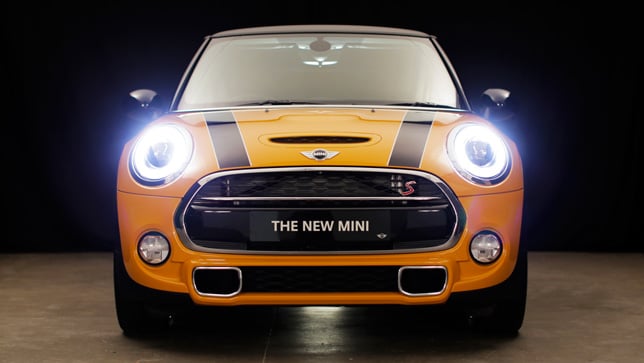Synthetic materials can "behave like living cells"
Dezeen and MINI Frontiers: scientists are combining non-living chemicals to create materials with the properties of living organisms, says the creator of a self-repairing shoe made from protocells.
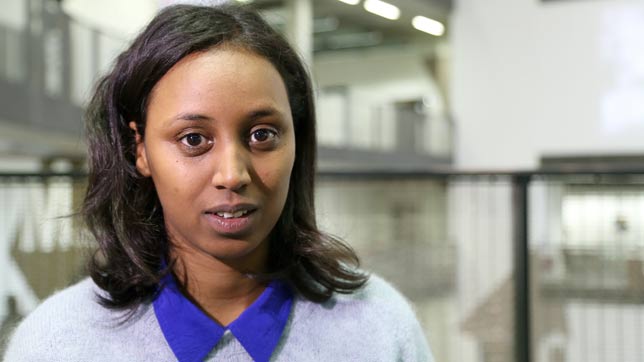
Protocells, as the chemical cocktails are known, are made by mixing basic non-living molecules in lab conditions. These then combine to create substances that exhibit some of the characteristics of living cells: the ability to metabolise food, to move and to reproduce.
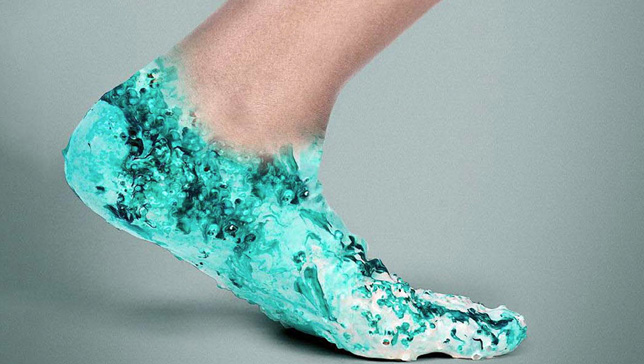
In this movie Dezeen filmed at the Wearable Futures conference in December, designer and materials researcher Shamees Aden explains how "scientists are now mixing together groups of chemicals [to make] them behave like living cells. They are able to reconfigure, they are able to adapt to light, pressure and heat."
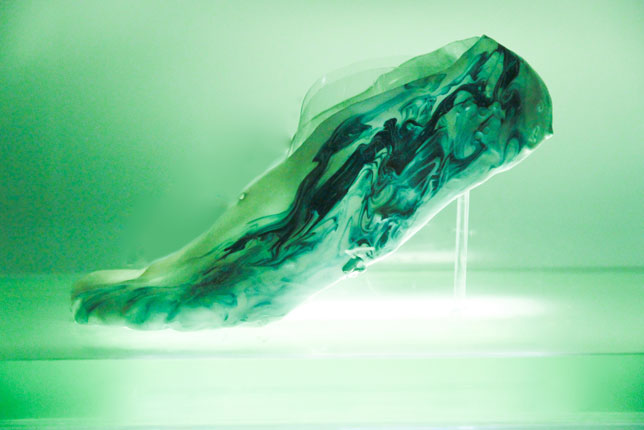
The synthetic production of living materials is so far limited to basic applications – modifying the behaviour of oil droplets in a water solution, for example – but Aden has developed a proposal that uses protocells to make self-regenerating soles for a pair of running shoes.
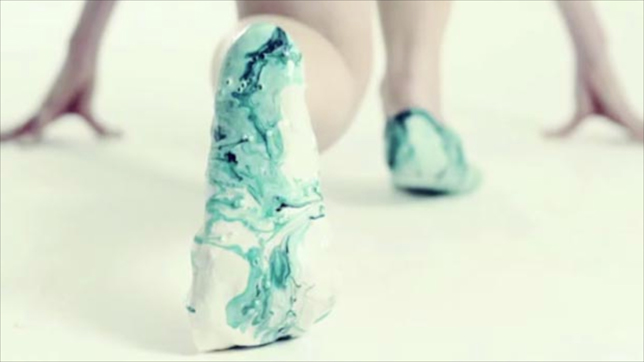
The Amoeba running shoes designed by Aden use protocells' capabilities of responding to pressure, and inflates or deflates according to the texture of ground the wearer is running on to provide more or less cushioning.
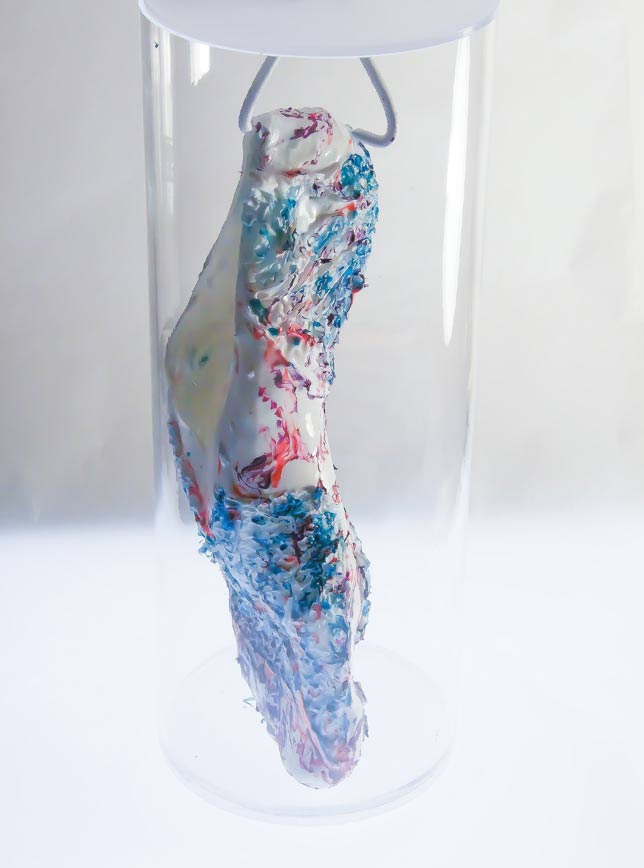
Photocells, which have a limited life span, would be replenished after each run, explains Aden. "Your shoe box would be a vessel which would hold the [protocell] liquid inside. You could buy your protocell liquid and it would be dyed any colour you like and you would pour that in and as the shoe is rejuvenated the colours would emerge."
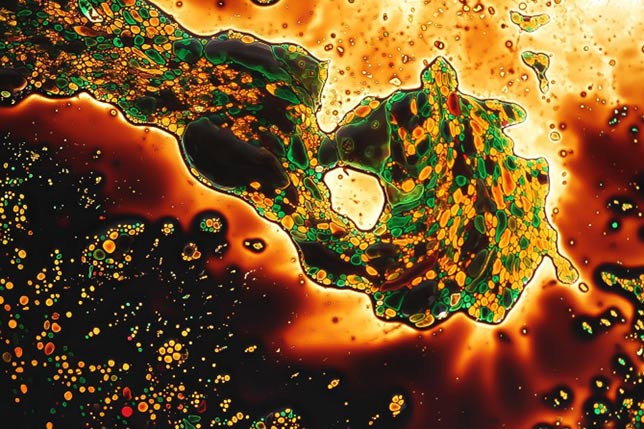
The speculative project is the result of a collaboration with chemist Dr Michael Hanczyc of the Institute of Physics and Chemistry and the Center for Fundamental Living Technology (FLinT) in Denmark, who has worked extensively on protocells.
"At this point it is a speculative design project but it is grounded in real science and it could be in production by 2050," says Aden.
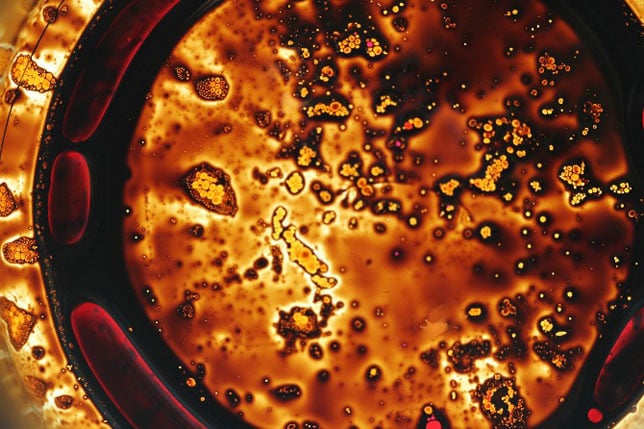
This is the third movie from the two-day Wearable Futures conference that explored how smart materials and new technologies are helping to make wearable technology one of the most talked-about topics in the fields of design and technology.
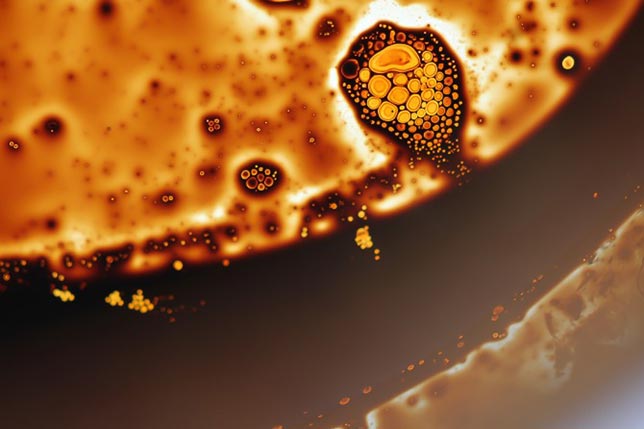
In the first movie, designer of Dita von Teese's 3D-printed gown Francis Bitonti explained how advances in design software mean "materials are becoming media". In the second, Suzanne Lee explained how she makes clothes "grown using bacteria."
The music featured in the movie is a track by DJ Kimon. You can listen to his music on Dezeen Music Project.
Dezeen and MINI Frontiers is a year-long collaboration with MINI exploring how design and technology are coming together to shape the future.
